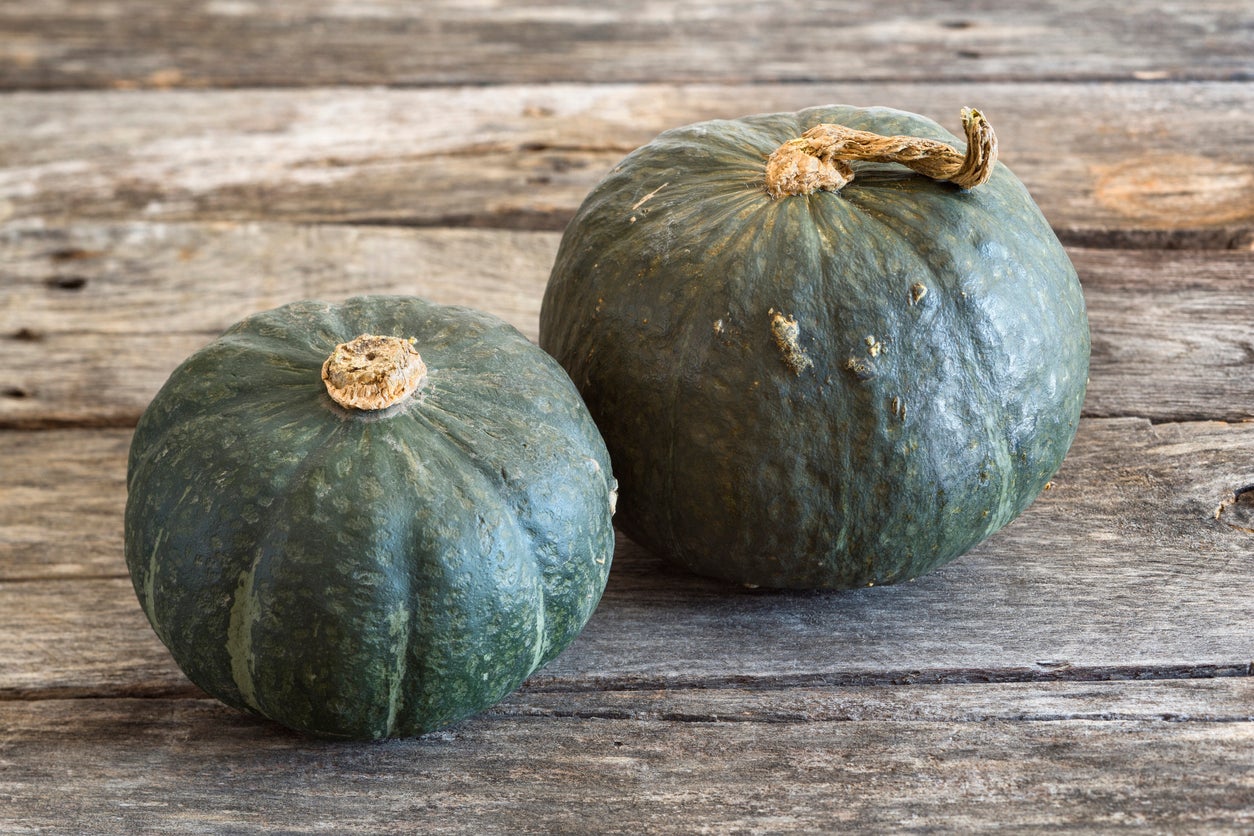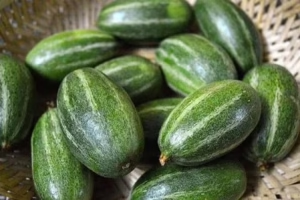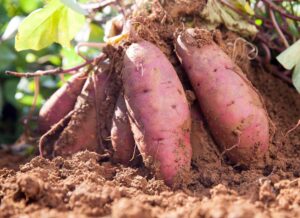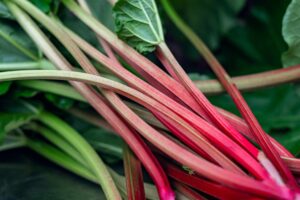How to Grow Gem Squash: A Comprehensive Guide
Are you looking to add a unique, nutritious vegetable to your garden? Gem squash, a small, round winter squash with dark green skin and sweet orange flesh, might be just what you need. Despite being a staple in South African cuisine, gem squash is gaining popularity in the US market as more gardeners and chefs discover its versatility and delicious flavor. This guide will walk you through everything you need to know about growing gem squash in your garden, in containers, or even indoors.
What Is Gem Squash?
Gem squash (Cucurbita pepo) is a winter squash variety that grows on vines and produces small, round fruits approximately 3-4 inches in diameter. The hard outer shell is typically dark green, while the interior flesh is bright orange and has a sweet, nutty flavor that intensifies when cooked. Originally from South America, gem squash became extremely popular in South Africa and is now making its way into American gardens and kitchens.
According to the USDA National Agricultural Library, gem squash belongs to the Cucurbitaceae family, which includes other squashes, pumpkins, and melons. It’s packed with nutrients, including vitamins A and C, potassium, and fiber, making it a healthy addition to your diet.
When and Where to Grow Gem Squash

Climate Requirements
Gem squash thrives in warm conditions with temperatures between 70-85°F (21-29°C). As a tender annual, it’s sensitive to frost and requires a long growing season of 80-100 days to reach maturity. For most regions in the US, this means:
- USDA Growing Zones 3-6: Start seeds indoors 3-4 weeks before the last spring frost, then transplant outdoors when soil temperatures reach at least 60°F (15°C).
- USDA Growing Zones 7-10: Direct sow seeds after the last frost date when soil temperatures are consistently above 60°F (15°C).
Sunlight and Soil Requirements
For optimal growth, gem squash needs:
- Sunlight: Full sun (6-8 hours of direct sunlight daily)
- Soil: Well-draining, fertile soil with a pH of 6.0-6.8
- Soil Preparation: Incorporate 2-3 inches of compost or well-rotted manure before planting
Growing Gem Squash from Seed
Starting Seeds Indoors
- Timing: Start seeds 3-4 weeks before your last expected frost date
- Materials:
- Biodegradable pots (3-4 inches)
- Seed starting mix
- Gem squash seeds
- Plastic dome or plastic wrap
- Grow lights (optional)
- Method:
- Fill pots with moistened seed starting mix
- Plant seeds 1 inch deep, 2 seeds per pot
- Cover with plastic to maintain humidity
- Place in a warm location (75-85°F/24-29°C)
- Once seedlings emerge (usually 7-10 days), remove the weaker seedling
- Provide 14-16 hours of light daily
- Harden off seedlings 7-10 days before transplanting
Direct Sowing in the Garden
- Timing: After all danger of frost has passed and soil temperatures reach at least 60°F (15°C)
- Method:
- Create mounds of soil about 12 inches wide and 8 inches high
- Space mounds 4-6 feet apart
- Plant 4-5 seeds per mound, 1 inch deep
- After germination, thin to the strongest 2-3 plants per mound
Transplanting Seedlings
- Timing: When seedlings have 2-3 true leaves and outdoor temperatures are consistently above 50°F (10°C)
- Method:
- Dig a hole slightly larger than the seedling’s root ball
- Gently remove seedling from its container if not using biodegradable pots
- Place in hole at the same depth as it was growing previously
- Water thoroughly
Container Growing
Gem squash can be successfully grown in containers, making it accessible for urban gardeners or those with limited space.
Container Requirements
- Size: Minimum 5-gallon container, preferably 10-15 gallons for better results
- Drainage: Multiple drainage holes
- Support: Trellis or cage for vine support
Potting Mix
Create a nutrient-rich potting mix by combining:
- 60% quality potting soil
- 20% compost
- 10% peat moss or coconut coir
- 10% perlite or vermiculite
Container Growing Method
- Fill container with potting mix, leaving 2 inches of space at the top
- Plant 2-3 seeds per container, 1 inch deep
- Thin to the strongest seedling after germination
- Place container in a location receiving at least 6 hours of sunlight
- Install a trellis or cage for the vines to climb
- Water consistently to maintain even soil moisture
Growing Gem Squash Indoors
While challenging, growing gem squash indoors is possible with the right conditions.
Requirements for Indoor Growing
- Lighting: Bright, south-facing window or grow lights providing 14-16 hours of light daily
- Temperature: 70-80°F (21-27°C)
- Container: 10-15 gallon container with drainage holes
- Support: Sturdy trellis or stakes
- Pollination: Hand pollination will be necessary (see below)
Hand Pollination
Since indoor plants lack natural pollinators, you’ll need to hand-pollinate:
- Identify female flowers (have a small swelling at the base) and male flowers (have a thin stem)
- In the morning when flowers are open, use a small paintbrush or cotton swab
- Collect pollen from male flowers
- Gently transfer pollen to the center of female flowers
- Repeat for multiple flowers to ensure successful pollination
Care and Maintenance
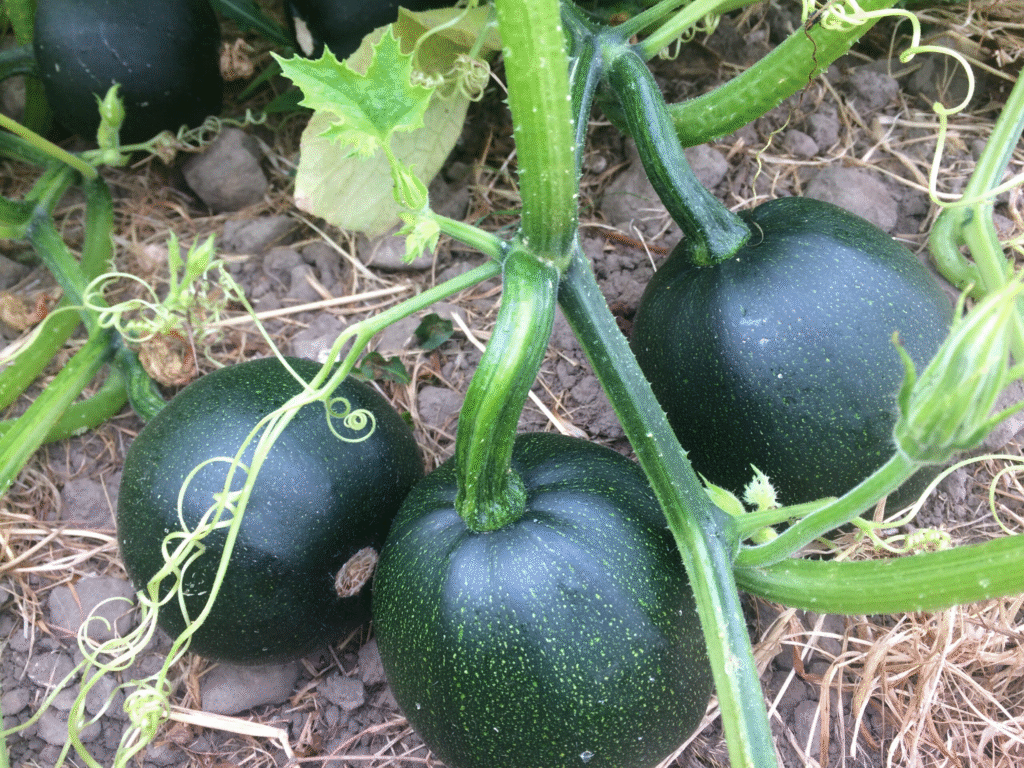
Watering
| Growth Stage | Water Needs | Frequency | Special Considerations |
|---|---|---|---|
| Seedling Stage | Moderate | Every 2-3 days | Keep soil consistently moist but not soggy |
| Vegetative Growth | High | 1-2 inches per week | Increase during hot, dry periods |
| Flowering & Fruiting | High | 1-2 inches per week | Critical period – do not let soil dry out |
| Fruit Maturation | Moderate | Reduce as fruits mature | Taper off as harvest approaches |
Water at the base of plants in the morning to minimize disease risk. Mulching with 2-3 inches of organic material helps retain moisture and suppress weeds.
Fertilizing
- Before Planting: Incorporate compost or aged manure into soil
- After Germination: Begin with a balanced fertilizer (10-10-10)
- When Flowering Starts: Switch to a fertilizer higher in phosphorus and potassium (5-10-10)
- During Fruiting: Apply liquid fertilizer every 2-3 weeks
Pest and Disease Management
Common pests affecting gem squash include:
- Squash Bugs: Handpick or use insecticidal soap
- Cucumber Beetles: Use row covers until flowering, then remove for pollination
- Powdery Mildew: Ensure good air circulation and avoid overhead watering
- Vine Borers: Wrap lower stems with aluminum foil or nylon stockings
For organic pest management recommendations, check the USDA Organic Agriculture resources.
Harvesting and Storage
When to Harvest
Gem squash is typically ready to harvest 80-100 days after planting. Look for these signs:
- Skin has turned dark green and hardened
- Stem has begun to dry and crack
- Squash sounds hollow when tapped
- Vines may be starting to die back
Harvesting Method
- Use sharp garden shears or a knife
- Cut stem 2-3 inches from the fruit
- Handle carefully to avoid bruising
- Cure before storage
Curing and Storage
- Curing: Place harvested squash in a warm (80-85°F/27-29°C), well-ventilated area for 7-10 days
- Storage: Store in a cool (50-55°F/10-13°C), dry location with 50-70% humidity
- Duration: Properly cured and stored gem squash can last 2-3 months
Culinary Uses
Gem squash is incredibly versatile in the kitchen:
Preparation Methods
- Boiled: Cut in half, remove seeds, and boil until tender (about 15-20 minutes)
- Roasted: Halve, remove seeds, brush with olive oil, and roast at 375°F for 30-40 minutes
- Stuffed: Cook halves, then fill with savory mixtures like seasoned ground beef, quinoa, or rice
- Mashed: Cook until tender, then mash the flesh with butter, salt, and pepper
Simple Gem Squash Recipe
Honey-Roasted Gem Squash
Ingredients:
- 4 gem squash, halved and seeded
- 2 tablespoons olive oil
- 2 tablespoons honey
- 1 teaspoon cinnamon
- Salt and pepper to taste
Instructions:
- Preheat oven to 375°F (190°C)
- Place squash halves cut-side up on a baking sheet
- Drizzle with olive oil and honey
- Sprinkle with cinnamon, salt, and pepper
- Roast for 30-40 minutes until tender
- Serve hot
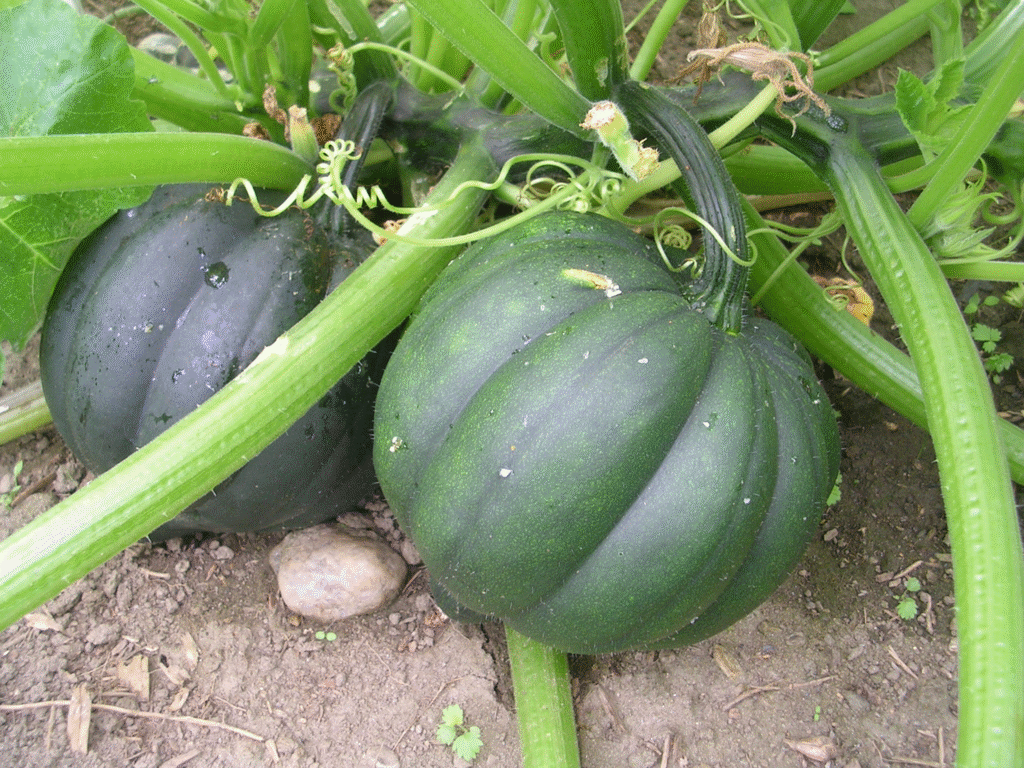
Growing Gem Squash for the US Market
With increasing interest in unique vegetables, growing gem squash for local markets can be profitable. Here’s what you need to know:
Market Opportunities
- Farmers Markets: Direct-to-consumer sales offer premium prices
- CSA Programs: Include gem squash as a specialty item
- Specialty Grocers: Supply to stores focusing on international or specialty produce
- Restaurants: Market to chefs looking for unique seasonal offerings
Commercial Growing Considerations
- Space Requirements: Commercial production requires approximately 4-6 feet between rows
- Yield: Expect 5-8 fruits per plant under optimal conditions
- Harvest Window: Plan for 2-3 weeks of peak harvest
- Post-Harvest Handling: Proper curing extends shelf life for market
Saving Seeds for Next Season
To maintain your gem squash supply year after year:
- Select mature fruits from healthy, productive plants
- Allow fruits to fully ripen on the vine
- Harvest and store for an additional 2-3 weeks
- Cut open and remove seeds
- Rinse seeds thoroughly to remove pulp
- Dry completely on paper towels for 1-2 weeks
- Store in paper envelopes in a cool, dry place
- Seeds remain viable for 4-6 years
Conclusion
Growing gem squash offers both culinary variety and garden interest. Whether you’re planting in a spacious garden, a container on your patio, or even indoors, with proper care and attention, you can successfully grow this nutritious vegetable. As the demand for unique produce continues to grow in the US market, gem squash presents an opportunity for both home gardeners and small-scale farmers to explore something new and delicious.
Remember that gem squash, like all winter squashes, improves with proper curing and storage, developing a sweeter, more complex flavor over time. Start with a few plants this season, and you might find yourself making space for more next year!
